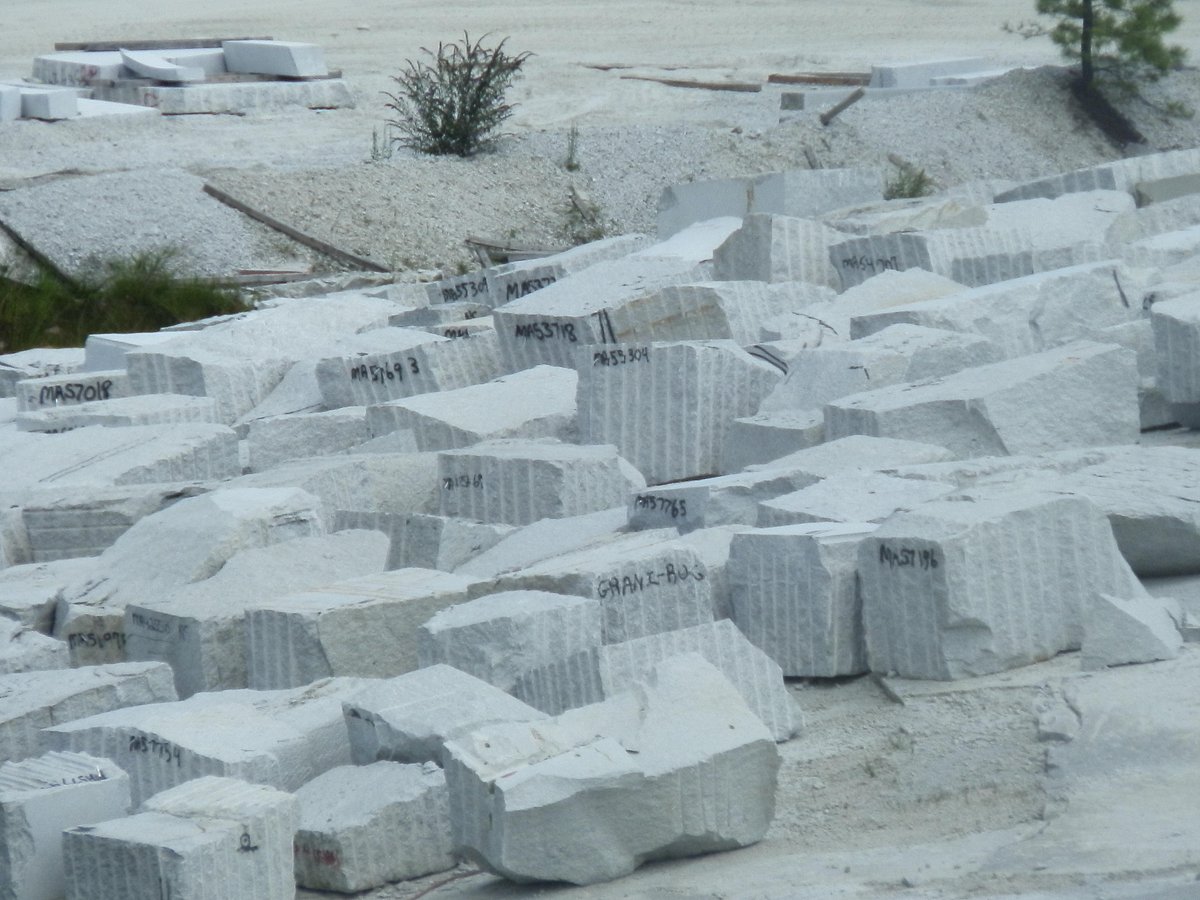Uncovering the Rich Background and Sustainable Practices of Granite Quarrying
As we base on the precipice of uncovering the detailed tapestry of granite quarrying, a trip through time reveals not simply the physical act of removing stone however additionally the social and historic importance woven into the extremely textile of this practice. From the ancient beginnings that laid the foundation for modern-day quarrying methods to the lasting practices that are forming the future of this industry, each carve mark on granite surface areas narrates waiting to be discovered (granite quarries in south africa). The tradition of granite quarrying stretches much past mere removal; it is a testament to human ingenuity, strength, and the long-lasting appeal of this impressive rock
Ancient Beginnings of Granite Quarrying
Dating back to old worlds, the practice of quarrying granite has been an integral component of human history and building development. The earliest proof of granite quarrying go back to ancient Egypt, where enormous pyramids and elaborate sculptures were crafted from this sturdy rock. The Egyptians utilized primitive devices to extract granite blocks from quarries, showcasing the relevance of this material in their significant buildings.
Moving on in history, the Greeks likewise made significant contributions to the quarrying of granite. The Greeks used granite in different building marvels, such as temples and statues, demonstrating their skill in shaping and carving this durable rock. The Romans further improved the strategies of quarrying granite, employing innovative devices like knives and hammers to essence and shape granite for their renowned frameworks.
With the centuries, the method of quarrying granite has developed, with modern technologies improving performance while keeping the ageless allure of this natural stone - granite quarries in south africa. From old civilizations to contemporary home builders, the tradition of granite quarrying proceeds to shape our world
Development of Quarrying Methods
The development of quarrying methods has actually been marked by a continuous development in the direction of higher efficiency and precision in extracting granite. Early quarrying strategies entailed hand-operated labor with standard devices such as knives, hammers, and wedges to remove granite blocks from the planet.
In more current times, the introduction of equipment transformed the quarrying sector, allowing faster removal prices and raised performance. Technologies such as diamond wire saws, high-pressure water jets, and pneumatically-driven drills have become typical in modern quarries, permitting accurate cutting and reduced waste. Furthermore, innovations in computer-controlled equipment and 3D modeling have actually optimized quarrying procedures, bring about marginal environmental impact and improved sustainability methods. As the need for granite continues to increase, the advancement of quarrying methods continues to be indispensable to conference market needs effectively and sustainably.
Cultural Significance of Granite
Granite holds a profound cultural importance across different human beings as a result of its enduring visibility in architectural masterpieces and prized monuments. from this source From the marvelous pyramids of Egypt to the complex carvings of the Angkor Wat holy place in Cambodia, granite has actually been a material of choice for revealing grandeur and longevity in social heritage. In ancient Rome, granite columns decorated holy places and public structures, signifying strength and permanence. The social importance of granite expands past its physical features; it symbolizes strength, security, and timelessness, making it a sign of withstanding traditions and traditions.

Lasting Practices in Quarrying
Amidst the rich history of granite quarrying and its social significance exists an expanding focus on lasting methods within the sector. As ecological awareness and worries concerning source deficiency have increased globally, the quarrying market has significantly embraced sustainable approaches to decrease its effect on the environment and bordering neighborhoods.

Furthermore, reclamation and rehabilitation of quarry sites post-extraction are important to sustainable methods. By bring back quarried areas to an all-natural or useful state, such as developing wildlife habitats or recreational areas, quarriers can counter the ecological impact of their operations and add favorably to the neighborhood community.
Tradition of Granite Quarrying
With a historical background steeped in workmanship and commercial progress, what enduring influence has granite quarrying left on the landscape of contemporary society? The heritage of granite quarrying transcends plain removal techniques; it get redirected here has shaped architectural wonders, city landscapes, and social heritage worldwide. The long lasting nature of granite has actually made it a preferred selection for monoliths, buildings, and facilities, standing as a testament to the ability and creativity of quarry workers throughout generations.
Additionally, the economic footprint of granite quarrying can not be overlooked. The sector continues to provide employment possibility and drive regional economies in regions where granite extraction is widespread. It has actually likewise stimulated technical improvements in quarrying methods and equipment, leading to more effective and lasting practices.
In terms of sustainability, the legacy of granite quarrying consists of efforts to alleviate ecological effects via improvement jobs and accountable resource monitoring. By stabilizing financial interests with environmental stewardship, the market makes every effort to make certain that future generations can proceed to gain Check Out Your URL from this long-lasting natural resource.
Verdict
